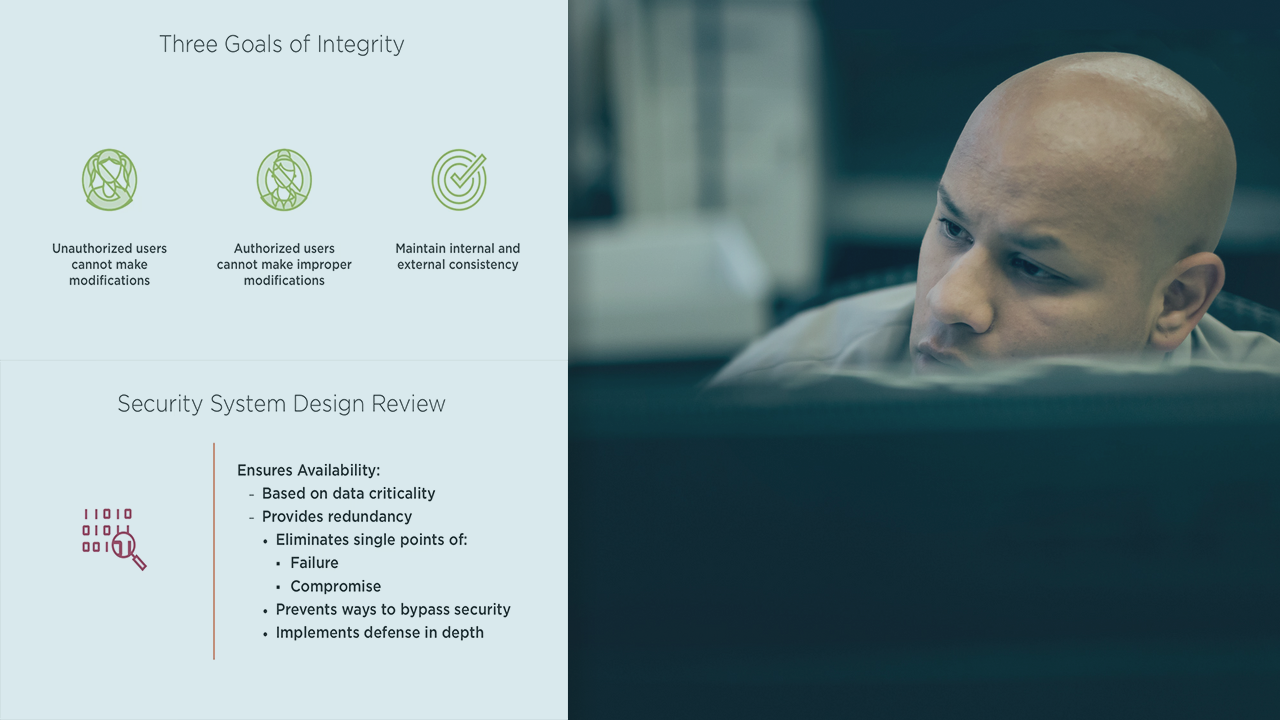Description
This course introduces real-time cyber security techniques and methods using the TCP/IP protocol suites. The explanation of some basic TCP/IP security hacks is used to highlight the importance of network security solutions such as stateless and stateful firewalls. The techniques used to design and configure firewall solutions such as packet filters and proxies to protect enterprise assets will be introduced to students.
Syllabus :
1. Basic Network Security
- Introduction : What You Will Learn from This Course on Cyber Security
- Security Through Obscurity
- TCP/IP Evolution and Security
- TCP/IP Overview
- IP Spoofing
- TCP Sequence Number Attack
- Packet Flooding
- Packet Sniffing
- SYN Packets for Access Control
- Definition of a Firewall
- Firewall: Stateful versus Stateless
2. More Advanced Network Security Technologies
- Packet Filtering
- Sample Packet Filtering and Reference Architecture
- Default Firewall Block
- Firewall Rules to Allow Outbound Web Browsing
- Firewall Rules to Allow Telnet and Other TCP Services
- Establishing Corporate Policy Rules
- FTP Protocol
- Firewall Rules for FTP
- Application Proxy Filtering
- Forward and Reverse Proxies
3. Network Security Architectures
- Firewall Architectures
- Management by Exception
- System Auditing
- Basics of Intrusion Detection
- Signature Versus Behavioral Detection
- IDS Versus IPS
- Design of SIEM
- Design of a SOC
4. Enterprise Network Security
- Practical Limitations of Perimeter
- APT Schema Through Perimeter Holes
- Third Party Security
- Target APT Attack
- Large Government Agency Attack
- Layer 3 DDOS Protection
- Layer 7 Application Level DDOS Risk
- Large Financial Website DDOS Attacks
- Network Security Industry Overview









